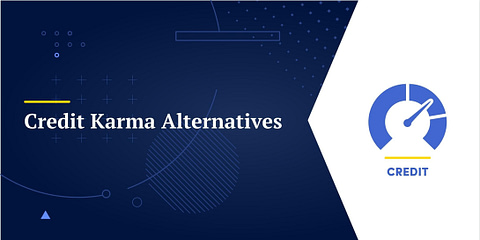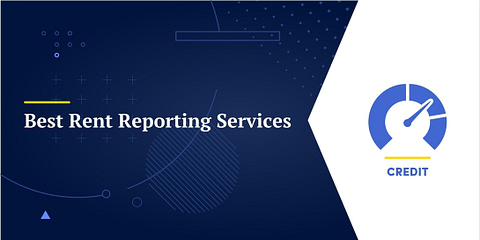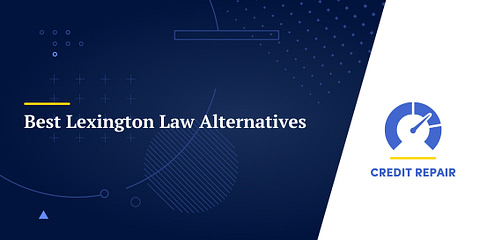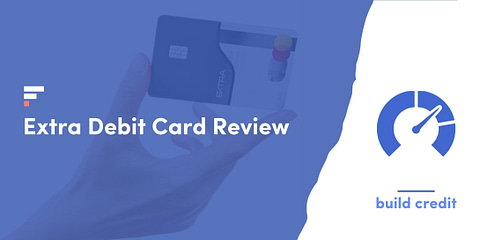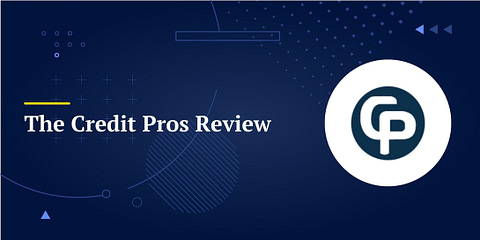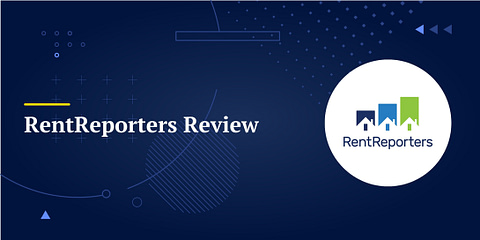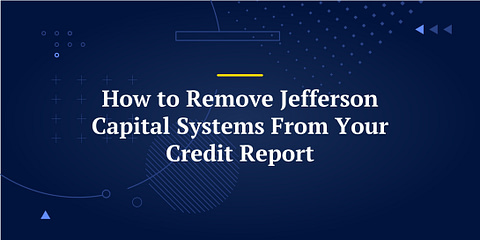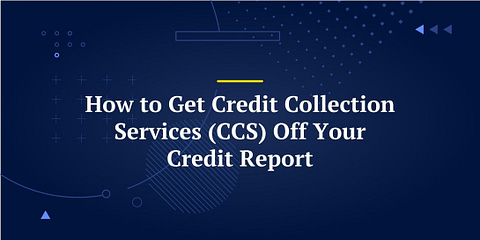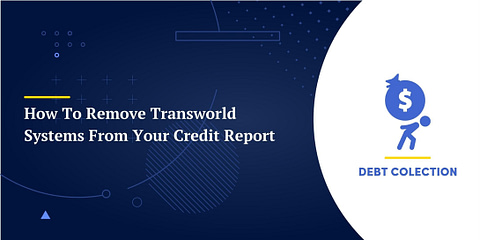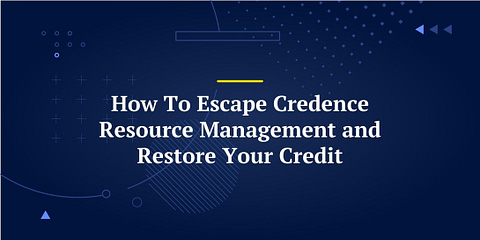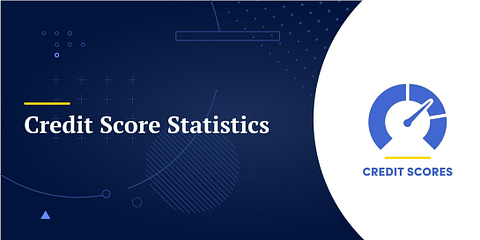Getting by in America often requires some form of credit, whether it’s for education, buying a car, securing a mortgage, or simply using a credit card for online purchases. However, the challenge often lies in deciphering these reports. This guide will not only teach you how to read a credit report but also help you understand its dense information and financial jargon, ensuring you’re well-equipped to spot any potential red flags.
What Is a Credit Report?
A credit report is a detailed representation of a person’s credit history. That includes their account details, payment records, and any significant events (like bankruptcy). Your copy of your credit report should also provide guidance on what rights you have regarding your credit.
If you’ve ever wondered how exactly lenders calculate your credit score, it’s by applying formulas to the information in these reports. That makes minimizing negative entries and showing a history of responsibility in your file the best way to boost your appeal to lenders and get better deals.
How to Read Your Credit Report
If you’ve never seen a credit report before, you may be overwhelmed by the amount of information and detail in them. Fortunately, it gets a lot easier once you know what to expect. These are the sections that you’re most likely to encounter.
Personal Information
Credit reports begin with details that are unique to you and end with a list of broader disclaimers. You’ll probably want to focus on the stuff in the beginning. As you read your credit report, do your best to fact-check the details.
Identifying Information
One of the first sections you’re likely to see is a summary of your identification information. It’ll include what you’d expect, like the following:
- Name
- Social Security Number
- Addresses
- Marital status
- Employment information
While this section will be straightforward, you should still pay close attention to it. Errors here are among the most dangerous. You don’t want to have anyone else’s credit activities attributed to your account or vice versa.
🛑 Red Flag: The credit bureaus will also usually make a note of any incorrect Social Security Numbers that are being attributed to you. Make sure that these are due to typographical errors and not fraud, but fix them either way.
Credit Summaries
After your identification details, you’ll probably see a section with a title similar to “Credit Summary.” It will be a snapshot of the credit accounts (and some of their high-level details) that have the most impact on your credit score.
It’ll probably sort your accounts into three groups: revolving accounts, installment loans, and mortgages. Revolving credit accounts are credit cards and lines of credit. Installment loans are things like your auto and personal loans.
Credit Account Details
Next, your credit report will go into more detail and cover things like each account’s payment history, status, limit, and balance. All of the major credit bureaus handle this a little differently, so you may see a variety of names for and approaches to this section. Some common ones include:
- Positive and Negative Accounts: Experian separates accounts into good and bad buckets. The positive section will list ones that are currently up to date. The negative section will show any that you’re behind on, including ones that are a few days late or in collections.
- Open and Closed Accounts: Equifax sometimes uses these categories. For an account to be “closed,” you have to reach out to the lender and make a request. Ignoring it and letting it sit idly won’t do the trick. You probably shouldn’t close any, though, (it can hurt your scores) unless the account carries a fee.
- Trades or Tradelines: These are just fancy terms for “account.” TransUnion may present this section in this way. It’ll just be one long list of every one of your credit accounts.
If the payment status of any of your accounts surprises you, fix the problem as soon as possible. Your payment history is one of the most significant factors in your credit score.
🛑 Red Flag: Make sure that you recognize all of the accounts and that none you expect are missing. If someone has stolen your identity and opened a credit account in your name, it’ll show up here. If an account is missing that you think would help your score, you should reach out to your creditor to see if they’ll report it.
Public Records
The public records section includes all of the big no-nos that you don’t want on your report. That includes debt settlements, bankruptcies, and judgments won against you by creditors.
📘 Read More: If you’ve recently filed for bankruptcy, it can be hard to get back on your feet. Take a look at our guide for a little help and inspiration: Life After Bankruptcy.
Important/Special Messages
All three credit unions set aside a section to note any unusual circumstances that you may need to know. For example, if they suspect that someone has stolen your identity, that alert will probably go here.
Model Profile
Most credit reports do not contain your credit scores. That said, TransUnion may include some of them, like FICO auto or VantageScore 3.0, in this section if you request it specifically. It’s easier to get a rough estimate of your credit scores from your bank these days, though.
Inquiries
An inquiry occurs whenever someone requests a copy of your credit report. There are two types: soft and hard.
Soft inquiries aren’t a big deal. They happen when you try to pre-qualify for a credit account or when a potential employer or landlord runs a background check. Some soft inquiries are registered when companies pre-qualify you for a credit card offer. They may show up on your credit report, but they don’t affect your credit score.
Hard inquiries occur when a lender officially requests your credit score as part of your application. These are the ones that affect your credit scores. Too many can cost you some points, but they’ll disappear from your report after two years.
☝️ You should examine the hard inquiries on your report carefully. If you don’t recognize one, follow up and find out who made the inquiry and why. If you didn’t authorize it (signing a credit application generally authorizes a credit check), you can dispute it and have it removed.
Personal Statements
If you want to make a note on your credit report for lenders or other parties to see, you can request that they show it in this section. For example, you may wish to note that you’re undergoing financial distress and that it’s making it hard for you to make your debt payments.
General Information
After recounting your personal details, your credit report should discuss your rights and privileges as a consumer under the Fair Credit Reporting Act (FCRA). That should include the following:
- Identity Theft: You should also find an explanation of what might signify identity theft on your report and how to address the problem if you encounter it.
- Disputing Details: If you find anything that you think is incorrect on your credit report, you have the right to request a change. It will require an investigation, though, so it will take a while.
- State Laws: Each state has additional rules regarding what rights consumers have and what creditors can do.
If you find an issue on your credit report, consult the general information sections to figure out how you should proceed.
Who Creates Credit Reports?
Credit reports are assembled by the three major credit bureaus: TransUnion, Experian, and Equifax. There are other bureaus, but the lenders you want to borrow from will always pull their data from one or more of these three.
Credit bureaus can only populate their reports with information that creditors share with them, which they do voluntarily.
☝️ Not all creditors report to all three credit bureaus. Because of that, and because credit bureaus don’t share information with each other, there may be some discrepancies between your credit reports.
Where to Get Your Credit Reports
It’s a good idea to read each of your credit reports at least once a year. You should make sure everything is accurate to confirm that there are no errors that could harm your credit and that no one is using your identity fraudulently.
You can get a free copy of your credit reports from each of the three major credit bureaus each year. Visit AnnualCreditReport.com to make your request. Until April 2021, they’re allowing people to get one for free each week. For more information, read our complete guide to getting your free credit report.
It’s also helpful to take a look at your credit reports before applying to new credit accounts. You don’t want errors to hold you back from qualifying.
💡 Did you know that only 33% of Americans checked their credit reports each year?
📘 Are you trying to build up credit for the first time? Take a look at our guide on how to build credit.
Credit Report Errors
The Federal Trade Commission estimates that 20% of Americans with a credit record have at least one error on their record[1]. These errors are on your record because the credit bureau doesn’t know they are mistakes. The only way to remove them is to spot them yourself and file a dispute.
Some credit report errors are simple mistakes, either from the reporting company or the credit bureau. Other mistakes could indicate identity theft. Either type can do serious damage to your credit.
If you see anything on your credit report that looks wrong to you, investigate and seek clarification. If it’s just a mistake, filing a dispute and having the error removed will be enough. Errors can also be caused by identity theft, and if that’s the case you will have to take additional steps to protect yourself.
It’s wise to learn about common credit report errors before reading your credit report.
Don’t Fall for Credit Repair Scams
Now that you know how to read your credit report, you’ll naturally ask what comes next. Specifically, you may be wondering if you should get help from a credit repair company to improve any problem areas you found.
If so, I’d strongly suggest that you don’t bother. Credit repair companies usually offer next to nothing of value and are one of my bigger pet peeves in the financial service industry. Anything they can do, you can do better (and cheaper).
📘 Do you want to protect yourself against the many scam artists out there looking to take advantage of people in tough financial spots? Read our guide: How to Spot Debt Relief and Credit Repair Scams.


